Hello fellow crafters! Today, I want to take you on a journey through the art of cross stitch, a hobby that has brought me immense joy and relaxation. Whether you're a beginner or looking to refresh your skills, this step-by-step guide will help you get started.
Step 1: Gathering Materials
When I first started cross stitching, I was amazed at how few materials I needed. Here’s what you’ll need:
- Cross-stitch fabric: I prefer Aida cloth for its clear grid.
- Embroidery hoop: Keeps the fabric taut and easier to work with.
- Embroidery floss: Choose your colors based on your pattern.
- Needle: An embroidery or tapestry needle works best.
- Scissors: Small, sharp scissors for cutting threads.
- Pattern: Select a design that excites you!
Step 2: Preparing Your Fabric
First, I cut my fabric to size, leaving a few extra inches on each side. This extra fabric is handy for securing it in the hoop and for framing later. I then find the center of the fabric by folding it in half both ways and marking the center point.
Step 3: Gridding the Fabric
Gridding your fabric can make a huge difference, especially for more complex patterns. Here’s how I do it:
- Choose your method: You can use a washable fabric pen, a water-soluble pencil, or even gridding thread.
- Mark the grid: I typically mark every 10 squares, both horizontally and vertically, to match the grid on my pattern. If using a pen or pencil, be sure it’s water-soluble so it can be washed out later.
- Start from the center: Begin gridding from the center of the fabric to ensure accuracy and symmetry.
Gridding helps me keep my place in the pattern and ensures I don’t make mistakes that would be hard to fix later.

Step 4: Setting Up Your Hoop
Next, I place the fabric in the embroidery hoop. Loosen the screw on the outer ring, lay the fabric over the inner ring, then press the outer ring down and tighten the screw. Make sure the fabric is taut, like a drum.
Step 5: Threading the Needle
I cut a length of embroidery floss (about 18 inches to avoid tangling) and separate the strands. Most floss has six strands; I typically use two for my projects. Thread the needle and tie a small knot at the end.
Step 6: Starting the Pattern
I start stitching from the center of the pattern, which aligns with the center of the fabric. This helps keep the design centered. I use the "two-strand method," where I bring the needle up from the back, leave a small tail, and stitch over it to secure it in place.
Step 7: Making the Cross Stitches
Each square on the fabric represents a cross stitch. I bring the needle up from the bottom left of a square, down at the top right, then up again at the bottom right, and down at the top left, forming an “X.” Consistency is key—keep your stitches neat and uniform.

Step 8: Following the Pattern
I follow the pattern carefully, one color at a time. I often mark off completed sections on a paper copy of the pattern to keep track. It’s so satisfying to see the design slowly come to life!
Step 9: Finishing the Back
To finish, I secure the thread on the back by weaving it under a few stitches and snipping the excess. This keeps everything neat and prevents unraveling.
Step 10: Framing and Displaying
Once the stitching is complete, I remove the fabric from the hoop and gently wash and iron it to remove any creases. Then, I either frame it or create a decorative hoop display. Admiring the finished piece is always my favorite part!
Cross stitching has been such a rewarding hobby for me. It’s meditative, creative, and the perfect way to unwind. Gridding the fabric has helped me avoid mistakes and made the process even more enjoyable. I hope this guide inspires you to start your own cross-stitch journey. Happy stitching!


